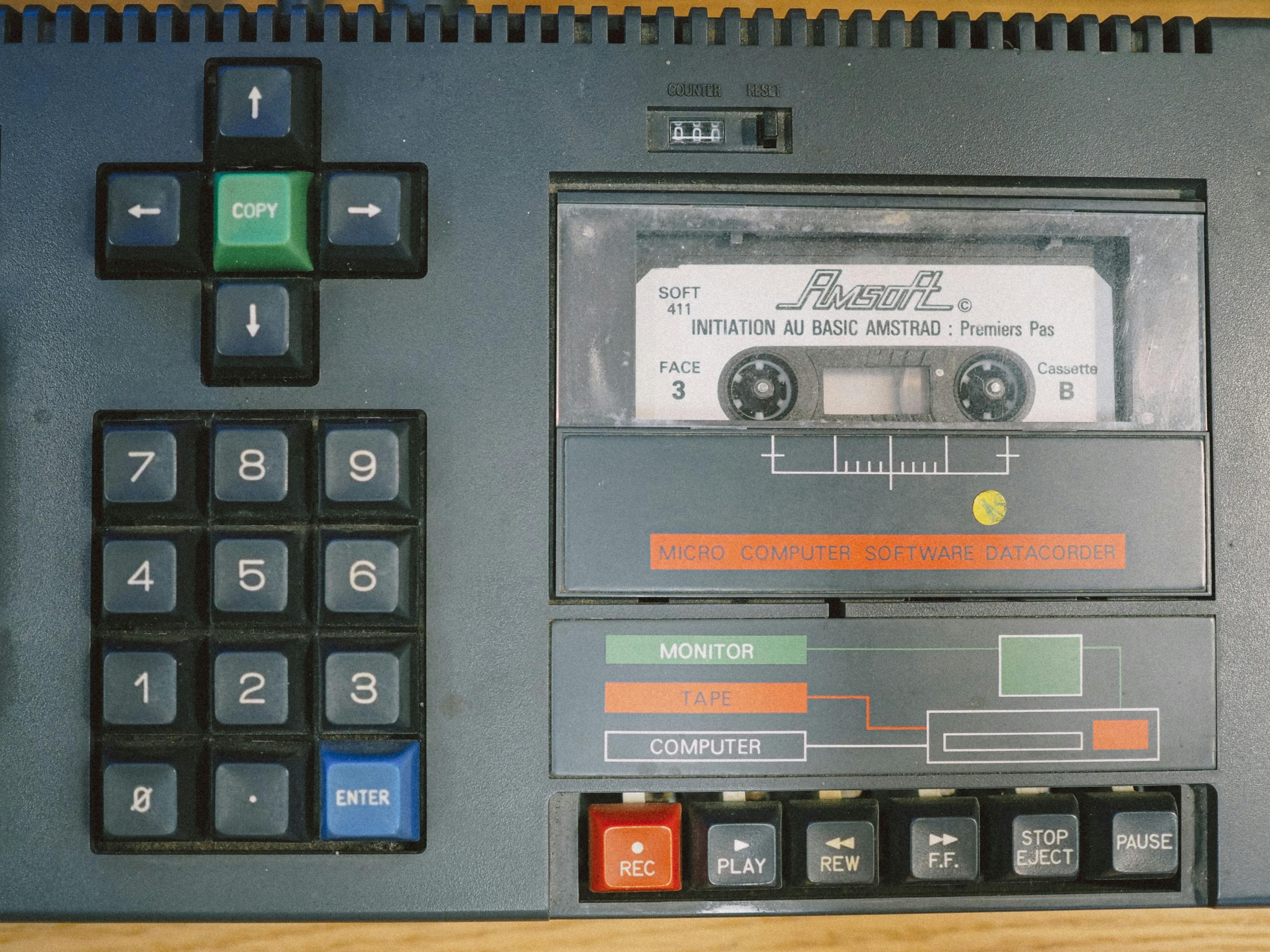Efficient Strategies for Converting Cassette Tapes to Digital Files: A Guide for Personal Record Preservation
Discovering treasured memories stored on vintage cassette tapes can be a heartwarming experience, especially when they capture the childhood antics of your children. As technology evolves, preserving these sentimental recordings in digital formats ensures they remain accessible and sharable for years to come. If you’ve recently unearthed a collection of cassette tapes and are wondering how to convert them to your Windows 11 PC, this guide offers practical solutions to facilitate a smooth transfer process.
Understanding the Importance of Digital Conversion
Cassette tapes, once a popular medium for personal recordings, have gradually been phased out in favor of digital storage. Converting these tapes to digital formats such as MP3 not only preserves the audio quality but also allows for easy editing, sharing, and backup. With the right approach, you can efficiently transfer old recordings and create memorable gifts for loved ones.
Available Equipment and Options
If you still possess analog audio equipment like an amplifier, a dual-drive cassette deck, or other stereo gear, you have a solid foundation for a high-quality transfer. However, even without such equipment, there are accessible methods to digitize your tapes.
Recommended Methods for Tape-to-Digital Conversion
- Using a Cassette-to-USB Converter
One of the most straightforward methods involves using a dedicated cassette-to-USB converter. These devices typically come with a built-in analog-to-digital converter and connect directly to your computer via USB. Simply insert your cassette tape into the device, press record, and save the audio as digital files on your PC.
Advantages:
-
Ease of use and minimal setup
-
Generally affordable and portable
-
Compatible with Windows 11
Popular models include the Wand Video Audio Cassettes to MP3 Converter, such as the FEBE, or similar products available online.
- Connecting your Stereo Equipment to a PC
If you have existing stereo gear, you can use it to connect your cassette deck to your computer’s sound card. This requires some additional cables and possibly an audio interface.
Steps:
-
Connect the audio output of your cassette deck to an audio interface or the line-in port on your PC.
-
Use recording software such as Audacity (free and open-source) to record the incoming audio.
-
Play the cassette, monitor the recording, and save the output in your desired format (MP3, WAV, etc.).
Advantages:
-
High control over recording quality
-
Utilizes existing equipment
Share this content:

